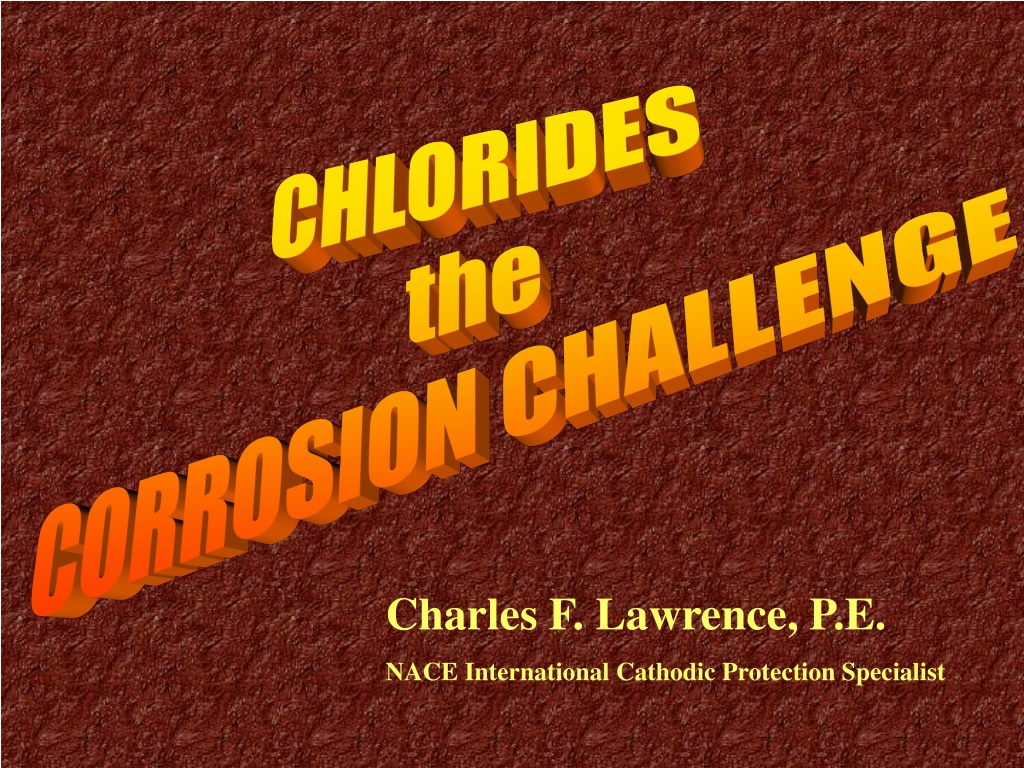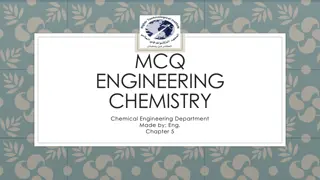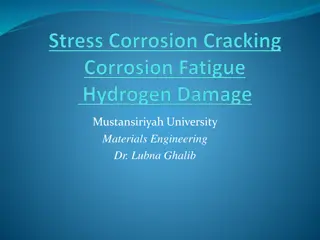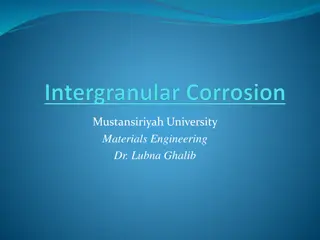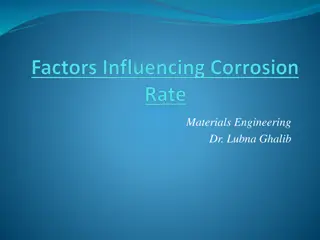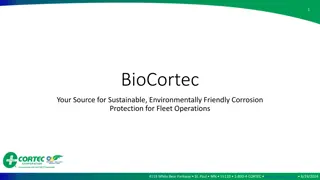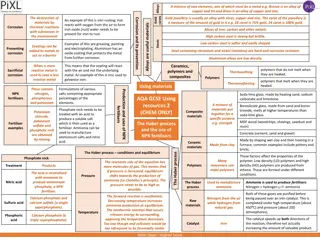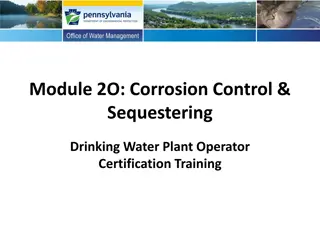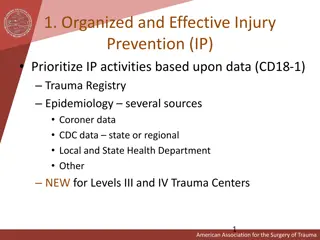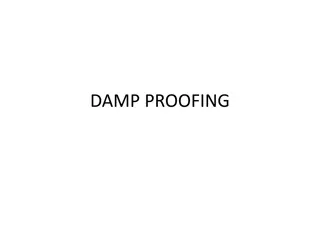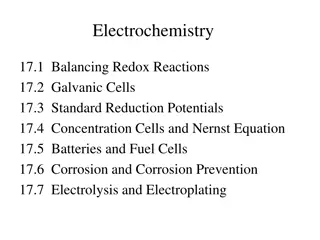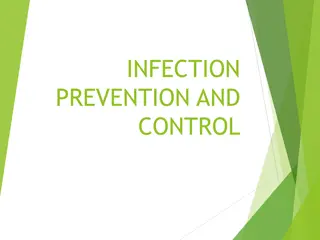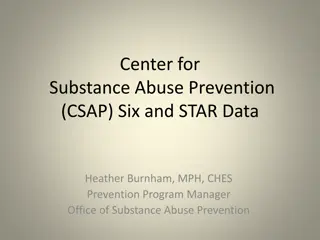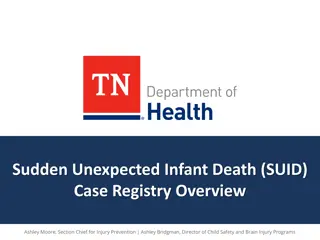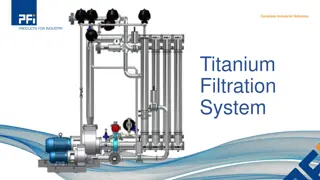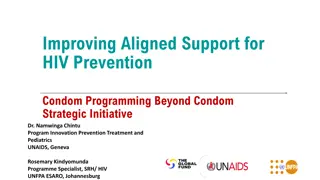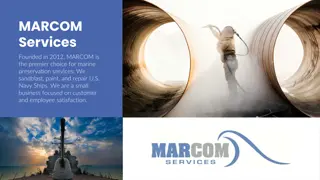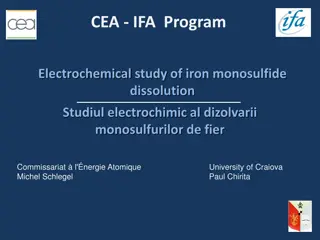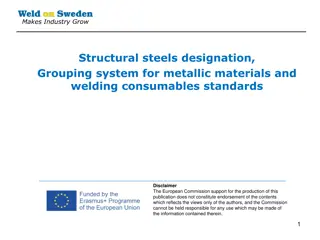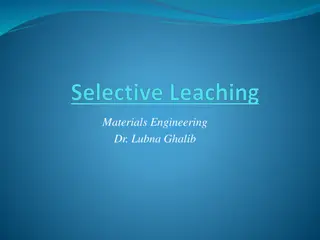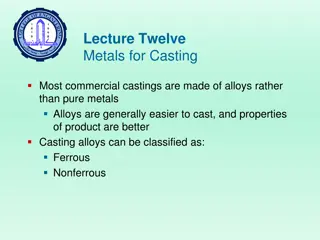Understanding Corrosion and Its Prevention
Explore the world of corrosion with comprehensive visual aids covering its causes, the corrosion cell mechanism, real-world examples, chloride differences, corrodible items, infrastructure impact, possible solutions, equipment maintenance, and the pros and cons of using salt for de-icing. Discover various solutions and alternatives to combat corrosion effectively.
Download Presentation

Please find below an Image/Link to download the presentation.
The content on the website is provided AS IS for your information and personal use only. It may not be sold, licensed, or shared on other websites without obtaining consent from the author. Download presentation by click this link. If you encounter any issues during the download, it is possible that the publisher has removed the file from their server.
E N D
Presentation Transcript
Charles F. Lawrence, P.E. NACE International Cathodic Protection Specialist
The Corrosion Cell n+ - Me Me + ne Corrosion Battery Corrosion Battery ANODE Closure Circuit e- CATHODE ELECTROLYTE Cathode OH- H+ H+ OH- Me+ OH- H+ CLOSURE CIRCUIT OH- H+ H+ OH- OH- H+ Electrolyte (water)
Real World Corrosion + e-
The Chloride Difference Insoluble + = Fe+ 3 O= Fe2O3 Fe+ 3+ = Cl- FeCl3 Very Soluble
Corrodible Things Infrastructure Pipelines Roads Bridges Equipment Automobiles Trucks/ Plows Loaders
Infrastructure Cl- Cl- Cl- Cl- Cl- Cl- Cl- Cl- Cl-Cl-Cl- Cl- Cl- Cl- Cl- Cl- Cl- Cl- Cl-
Possible? Solutions No salt Less salt Construction practices Coated rebar Fiberglass rebar Denser concrete / cover Overlays Maintain coating Metalizing
Possible? Solutions Remove salt residue frequently Non-metallic components Metalized components Better coatings Maintain coatings Scrupulously maintain lubrication Add corrosion inhibitors
Salt Sodium Chloride (NaCl) PROS CHEAP Readily available Works to 20 F Stable in storage Easily applied CONS Corrodes metals Only works to 20 F Damaging to vegetation Pollutes waterways Contaminates soils
Salt (NaCl) Alternatives PROS PROS PROS PROS Works to 0 F Works to -2 F PROS Works to -25 F Can be used with or instead May be free Cheap Lowers the temperature Acts as fertilizer Won t harm vegetation Biodegradable Biodegradable Quickly biodegradable friendly PROS Works to 0 F Safer for animals and Environmentally friendly? of brine Somewhat better than regular brine limits of brine Safer than salt for animals PROS PROS Works to -25 F Exothermic More hygroscopic Less harmful to vegetation Doesn t leave a powdery residue Relatively inexpensive Helps stick to pavement surfaces Safe for pavement PROS PROS PROS PROS Works to 21 F Essentially non-corrosive Works to -75 F Non-corrosive Exothermic Environment and animal 1. Sand / Cinders 2. Calcium Chloride (CaCl2) 3. Magnesium Chloride (MgCl2) 4. Potassium Chloride (KCl) Essentially non-corrosive Provides good traction Temperature independent vegetables Less chlorides /# (10%) Lowers melt temp by 10 F Sugars are less corrosive Less harmful to vegetation Minimal toxicity Timed release Prevents ice from sticking to 5. Beet Juice 6. Cheese Brine CONS CONS CONS CONS CONS CONS CONS CONS CONS CONS CONS May be expensive Slower melter Sticks to vehicles Nutrient load on streams Acts as fertilizer Ineffective when very cold Most corrosive to concrete and masonry CONS Bloody mess Yuck factor More expensive (20X) More expensive (8X) Can cause slickness More expensive (8X) 7. Potato Juice 8. Urea 9. CMA Calcium Magnesium Acetate 10. Potassium Acetate 11. Sodium Acetate More expensive (2X) Still corrosive (14% more Cl-) regular brine Beet Juice More expensive (5X) Only works to 25 F Subject to refreezing Low oxygen Not readily available in bulk More expensive (3X) Still corrosive (3% more Cl-) Leaves a white residue Very hygroscopic, keeps surfaces wet In large amounts can reduce Does not eliminate ice Impact damage to vehicles / windshields Plugs storm sewers Silts waterways Forms greyish gooey coating waterways O2 levels Similar corrosion issues to Similar corrosion issues to More expensive than Urea 12. Safe Paw (amide / glycol)
Coatings Ideas Water-based acrylic polyurethane enamel paint Elastomeric Polyurethane Polyurea Polyaspartic Blends
